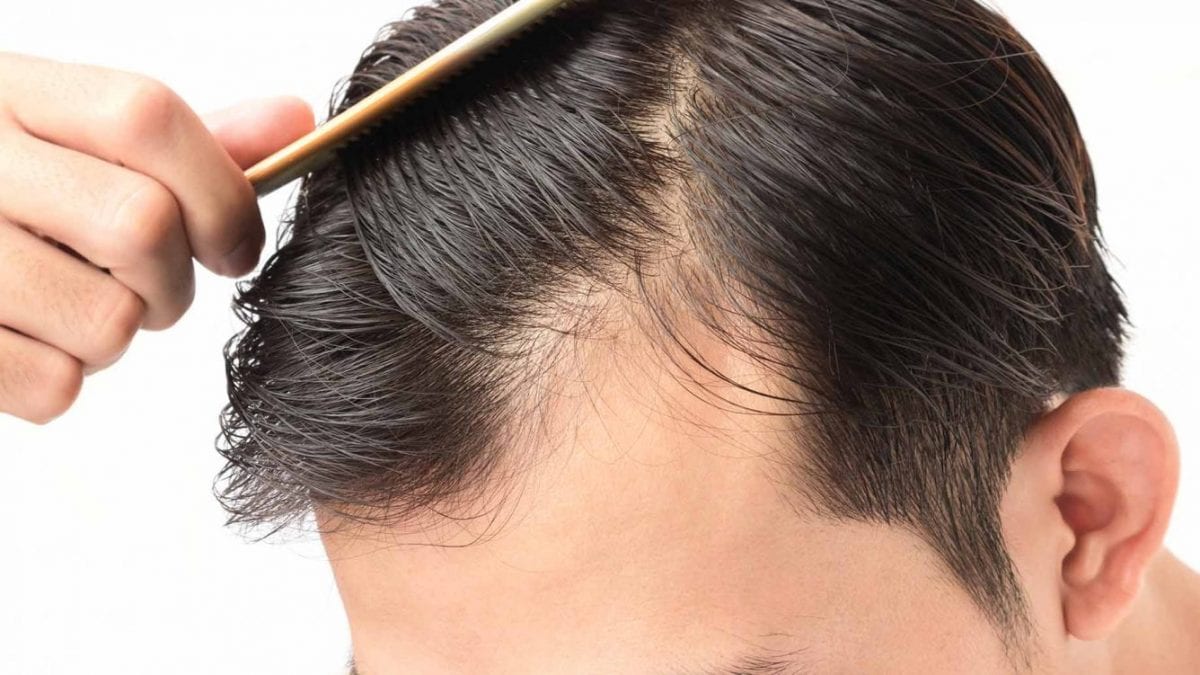The American Academy of Dermatology (AAD) says about 80 million people in the US are suffering from male-pattern or female-pattern baldness. Hair loss can be due to stress, diet and lifestyle choices, genetics, diseases like anemia or heart conditions, medications, scalp infections, or radiation treatments.
In most cases, hair grows back after you address the cause of the problem. Luckily, plenty of modern treatments are being discovered to shift the perception on hair loss as a medical condition instead of a cosmetic issue. Organic solutions are also available for people who prefer natural treatment. Moringa is a popular ingredient for hair regrowth, as well as aloe vera, castor oil, and onion juice, among others.
The common denominator in most cases of baldness is a complication in the hair growth cycle. The above factors weaken hair follicles, causing hair to fall off. Knowing this cycle is the first step in understanding why and how your hair falls at a rapid rate.
Hair Growth Cycle
What many don’t know is that hair shedding is a natural part of the growth process. This cycle has three phases: growth, regression, and rest.
Anagen (Growth)
Anagen is where new hair is formed. The cells in the hair roots divide, which add to the hair shaft or the part you see on top of your head. In anagen, hair grows about a centimeter every 28 days for two to six years. So full-length hair ranges from 18 to 30 inches.
Still, the duration of anagen varies per person. This is why some people find it difficult to grow their hair beyond a certain length, whereas others have locks extending up to their buttocks.
Compared to those on the scalp, body hair have very short growth phases, which is why they’re shorter.
Hair loss complications can occur in the anagen phase, often called anagen effluvium. External (e.g., medical treatments) and internal factors (e.g., heredity, diet) interfere with hair follicle production. For example, chemotherapy kills cancer cells using radiation. But in the process, chemo also affects healthy cells in the hair follicles that facilitate growth, resulting to hair loss.
After the anagen phase, hair enters a transitional phase called catagen.
Catagen (Regression)
The purpose of the catagen phase is to end the active growth of hair. The hair separates itself from the blood supply, so it stops lengthening. Then, the hair will form a club-shaped ending on its roots as it detaches from the source of nourishment. Catagen lasts about two to three weeks.
After, the hair follicles rest for a while in the telogen phase.
Telogen (Rest)
Hair doesn’t grow during the telogen phase because the follicles are resting. Instead, hair starts to die and fall out since they’ve detached from the blood supply or their source of nourishment. Shedding 50 to 100 hair strands a day is normal in this phase.
After about three months, the follicles become active again and start growing new hair to replace the ones that fell out.
Although hair normally sheds, the growth cycle doesn’t cause you to go bald. Different portions of the scalp goes through different phases at the same time. This means that while some of your hair are growing, others are also shedding.
But certain factors can cause your hair to fall out rapidly. Trauma and stress push hair roots prematurely into the resting phase, a condition called telogen effluvium. Diseases, diets, medications, infections, and other stresses can cause a shock to the body, causing a large percentage of the hair to weaken and fall by the handful.
Observe your hair whenever you bathe or comb to see if the amount of hair fall is still within the normal level. Avoid activities that may speed up hair loss, such as harsh hair treatments, frequent use of hair styling products, and brushing too vigorously. Consult a dermatologist if you feel that you’re losing your hair faster than normal.








